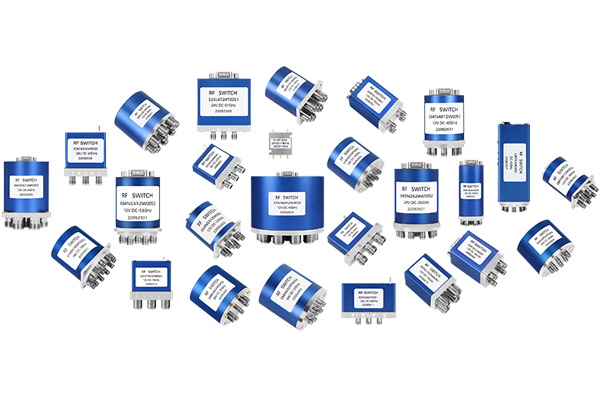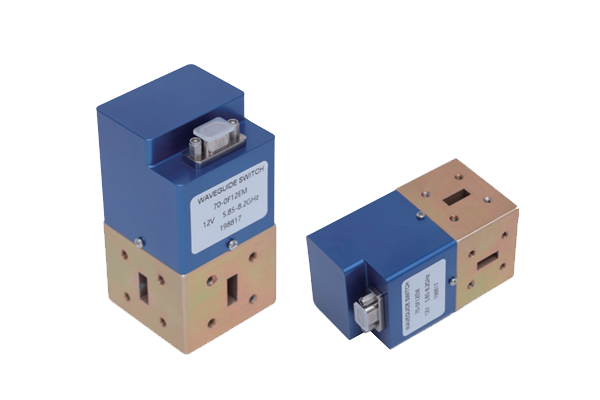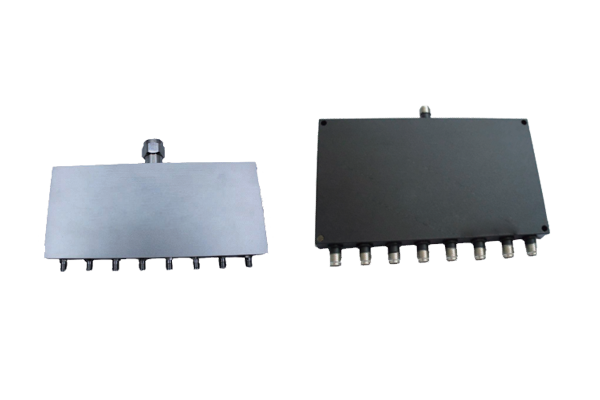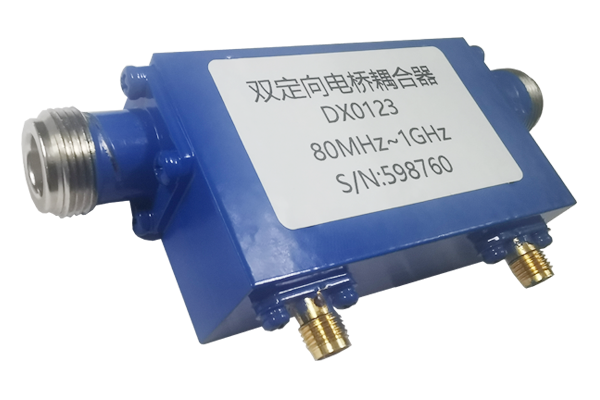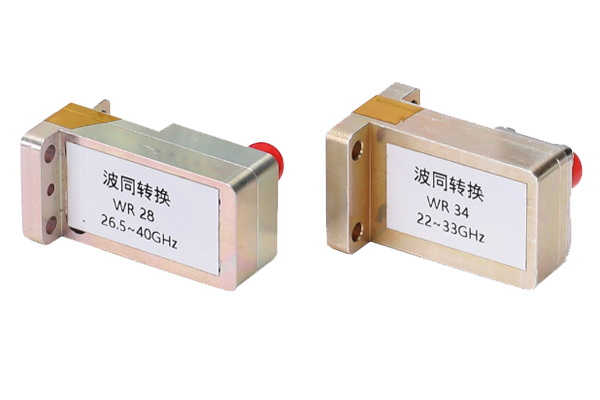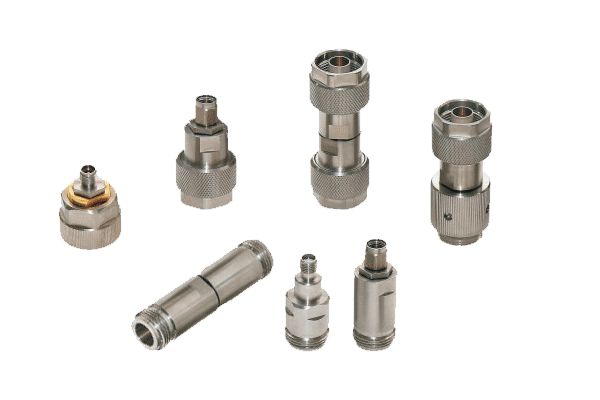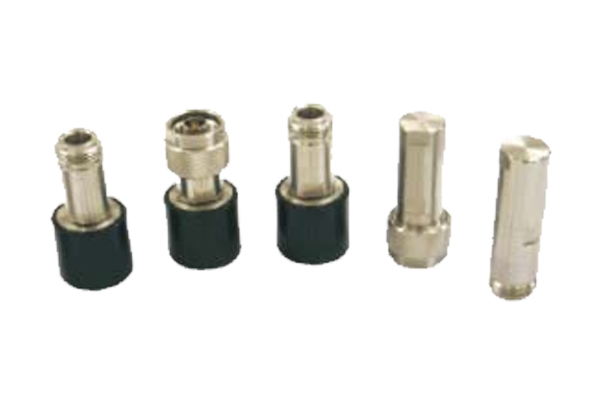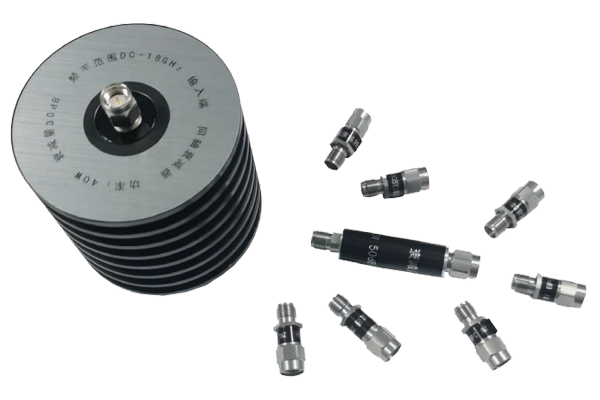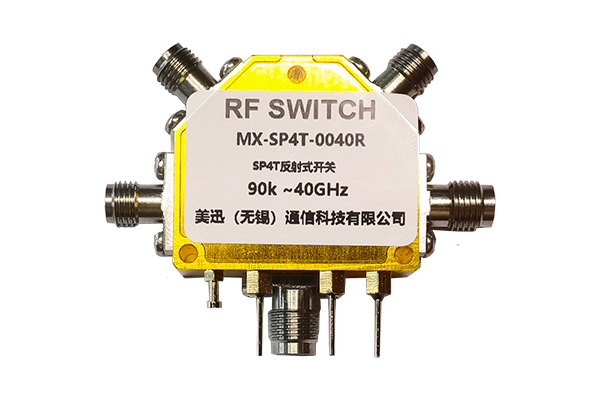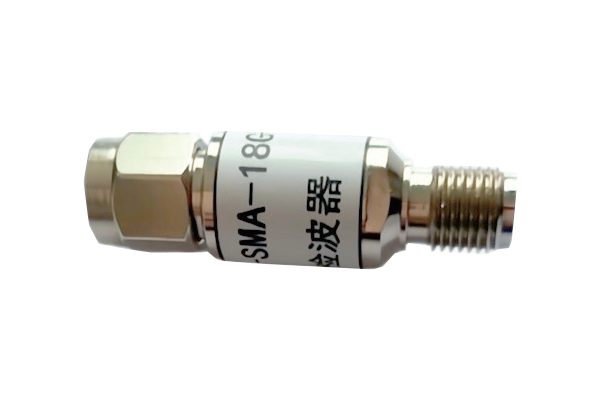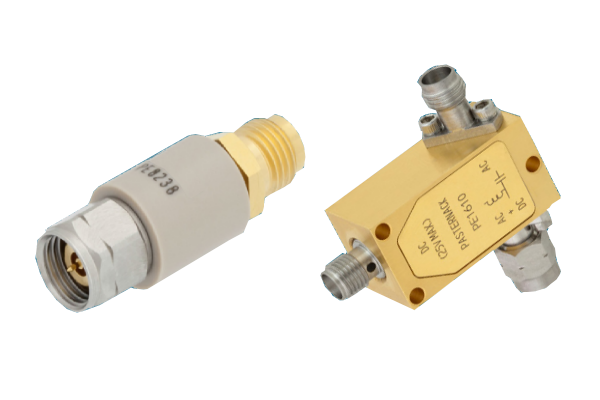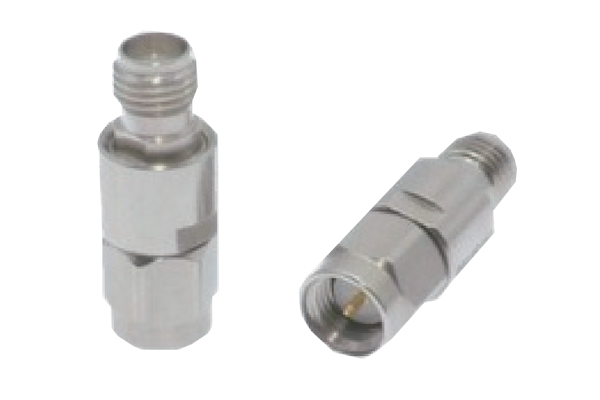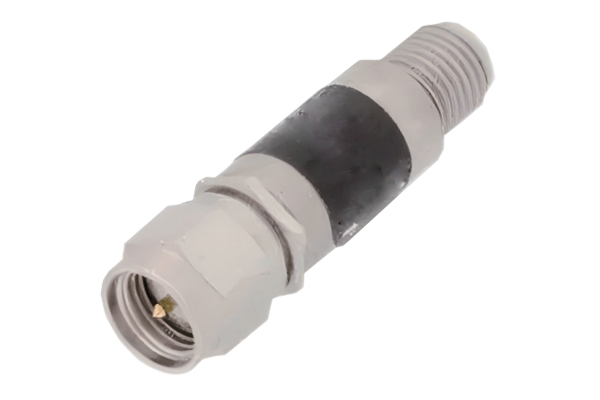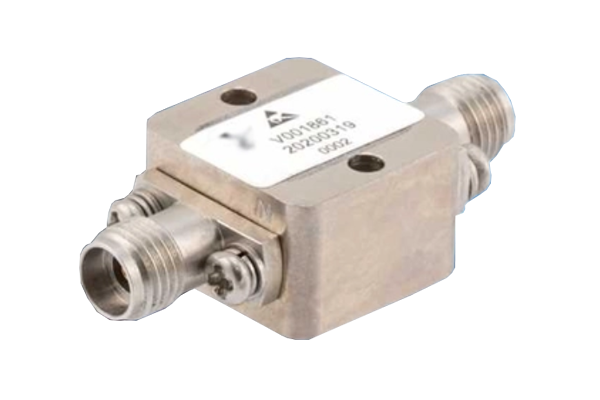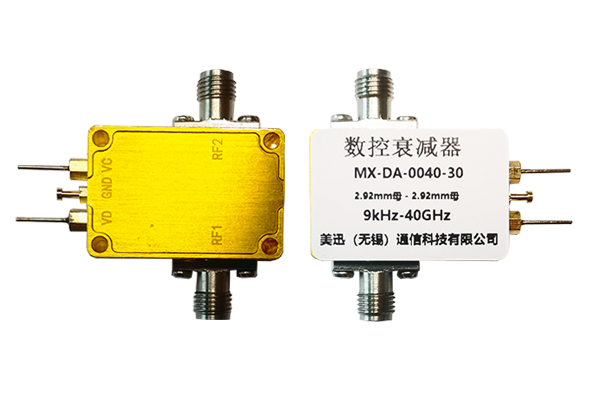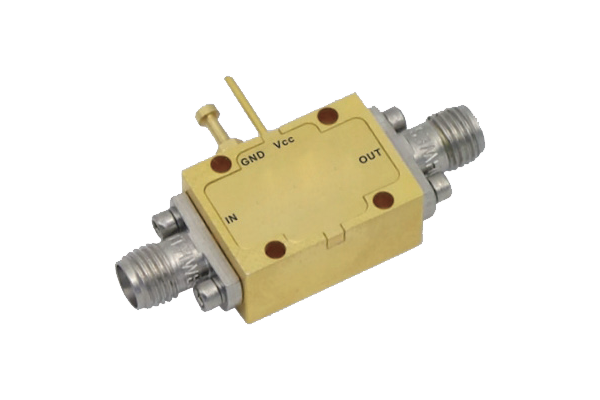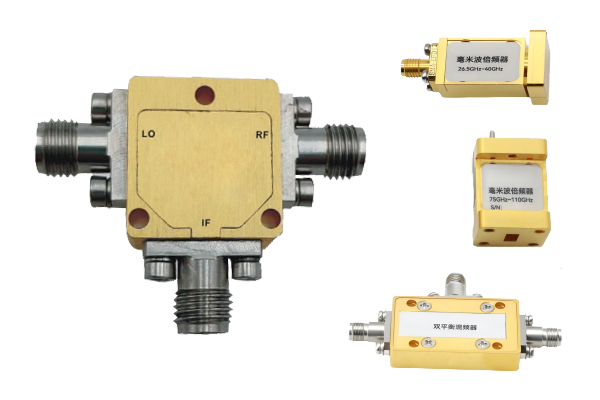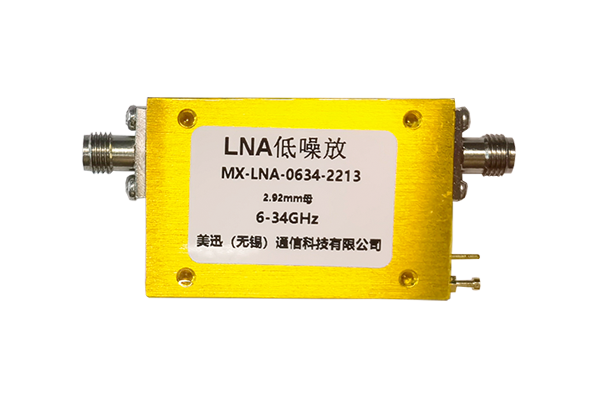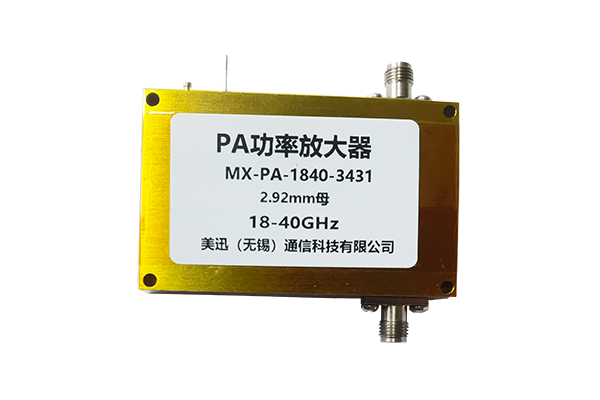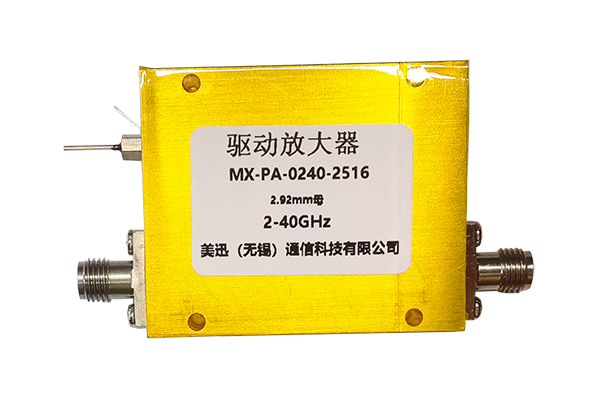How does the directional coupler effectively resist external electromagnetic interference
Electromagnetic Interference Resistance Through Structural Design
1. Resisting External EMI Through Special Structural Design
A dedicated internal shielding layer forms a physical barrier to block the intrusion of external electromagnetic fields. The shielding layer tightly wraps the signal transmission path, making it difficult for external interference signals to penetrate. At the same time, the internal isolation structure separates the different signal paths, preventing interference signals from propagating internally and ensuring that the main and auxiliary signal transmissions are not affected.
2. Selecting Materials With Excellent EMI Shielding Properties
The outer shell is often made of highly conductive metal, which absorbs and reflects external electromagnetic energy, reducing the penetration of interference signals. The internal insulation material is specially treated to achieve low dielectric loss, minimizing the impact of interference signals on normal signals as they propagate through the material, enhancing overall anti-interference capabilities.
3. Optimizing Signal Transmission Path Design
Rationally plan the routing and layout of internal conductors to shorten signal transmission distances and reduce the chance of interference signals coupling into the transmission path. Impedance matching technology is also used to minimize reflections during signal transmission, preventing the interaction of reflected signals with external interference and creating new interference sources, thereby maintaining signal stability.
4. External Protection for Interference Mitigation
Some directional couplers include additional filtering components to filter out high-frequency interference signals. During installation, grounding the shield to the system ground directs absorbed electromagnetic interference energy to the earth, further minimizing the impact of interference on internal signals and ensuring stable operation in complex electromagnetic environments.
Key Technical Specifications for EMI Resistance
- Shielding effectiveness: ≥60dB @ 1GHz
- Conductive outer shell: Aluminum alloy (6061-T6)
- Internal insulation: PTFE with εr=2.1
- Impedance matching: 50Ω ±2%
- Grounding resistance: ≤0.1Ω
- Filter cutoff frequency: 3kHz low-pass
- Operating temperature: -40°C to +85°C
- Vibration resistance: 5-500Hz, 5g
This structural design approach provides comprehensive protection against electromagnetic interference through multiple layers of defense - from material selection to physical shielding and optimized signal routing. The combination of these techniques ensures reliable operation even in challenging EMI environments.



